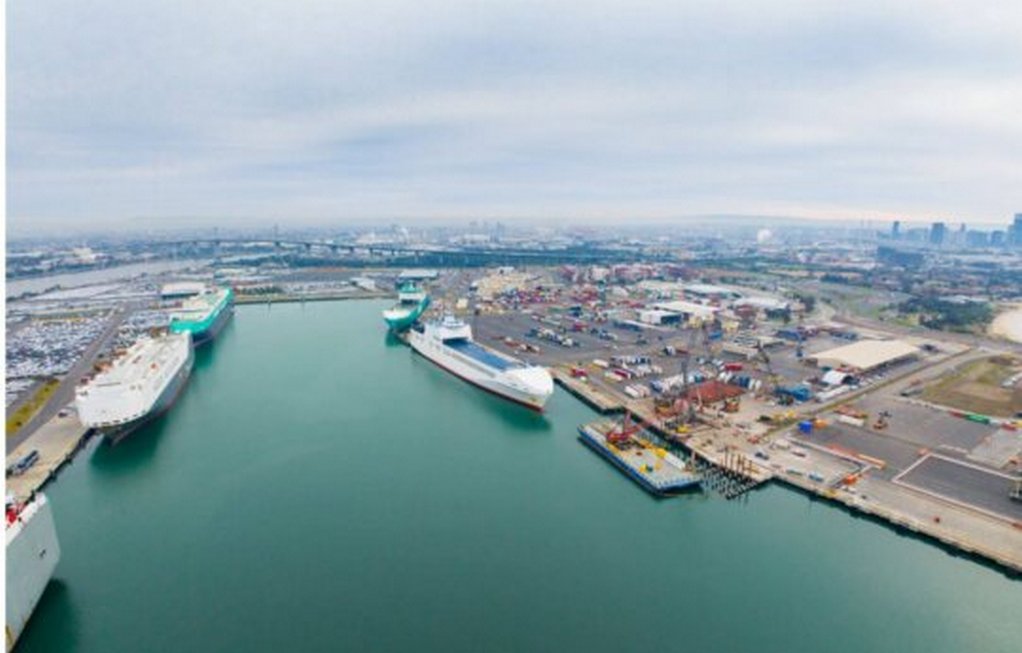Port of Melbourne has set a target to achieve Scope 1 and 2 net zero emissions for port operations by 2030.
The port said in a statement that it would achieve its net zero targets by sourcing 100% of the electricity needed for its business operations from renewables and by transitioning its corporate vehicle fleet and marine survey vessel to electric or zero-emissions fuel technologies.
Port of Melbourne added that it was measuring Scope 1, 2, and 3 emissions to understand its climate impact and inform its decarbonization roadmap.
The port noted that it recently signed a memorandum of understanding with the industry to explore the commercial feasibility of establishing a green methanol bunkering hub at the Port of Melbourne.
The MoU provides a starting point for the parties to work together to explore the various elements of establishing a green methanol bunkering hub and identify any challenges that would need to be addressed.
The port also recently joined the C40 Green Ports Forum – an organization of leading cities and ports around the world with ambitious goals to mitigate air pollution and greenhouse gas emissions and deliver positive health and economic benefits for communities.
Earlier this year, Maersk and CMA CGM’s Australian subsidiary ANL signed up to explore the commercial feasibility of establishing a green methanol bunkering hub at the Port of Melbourne.
The port is Australia’s largest general cargo and container port and facilitates more than one-third of the nation’s container trade. The port services the southeast of Australia, including Tasmania, and occupies a central position in the freight and logistics industry.
Tags: Port of Melbourne, scope 1 emissions, Scope 2, Zero Emission



Recent Posts
Himachal Pradesh Plans Major Boost to Public Transport with E-Buses and Digital Upgrades
Ammonia-Fueled Container Feeder Design Marks Progress in Maritime Decarbonisation
ABS Develops Industry-Leading EV Battery Fire Simulation Modeling
Wilhelmsen Ships Service Joins the Maritime Battery Forum to Accelerate Maritime Electrification
Indian Student Team Wins Communication Prize at Monaco Energy Boat Challenge 2025
Babcock’s LGE Business Secures Contract for Marine Ammonia Fuel System to Advance Shipping Decarbonisation
Associated Terminals Deploys Liebherr’s All-Electric Cranes in Landmark Move Toward Cleaner Cargo Handling
Sanmar delivers fully electric emissions-free tug to major global operator Svitzer